Capitol Reef, Utah
12 Mar 2019 - Michelle Ho
Capitol Reef was named after its capitol building-like dome rock formations and impassable ridges, which are reminiscient of how reefs are barriers for ships.
We stayed at the Fruita campsite, with two very generous campground hosts who gave us firewood and recommendations of where to go in the park.
We set off to see the Cassidy Arch, but decided against hiking the steep 2 miles to get a closer look. Having just been to Arches National Park for the previous 3 days, we were kind of over arches. Instead, we headed to Capitol Gorge to hike.
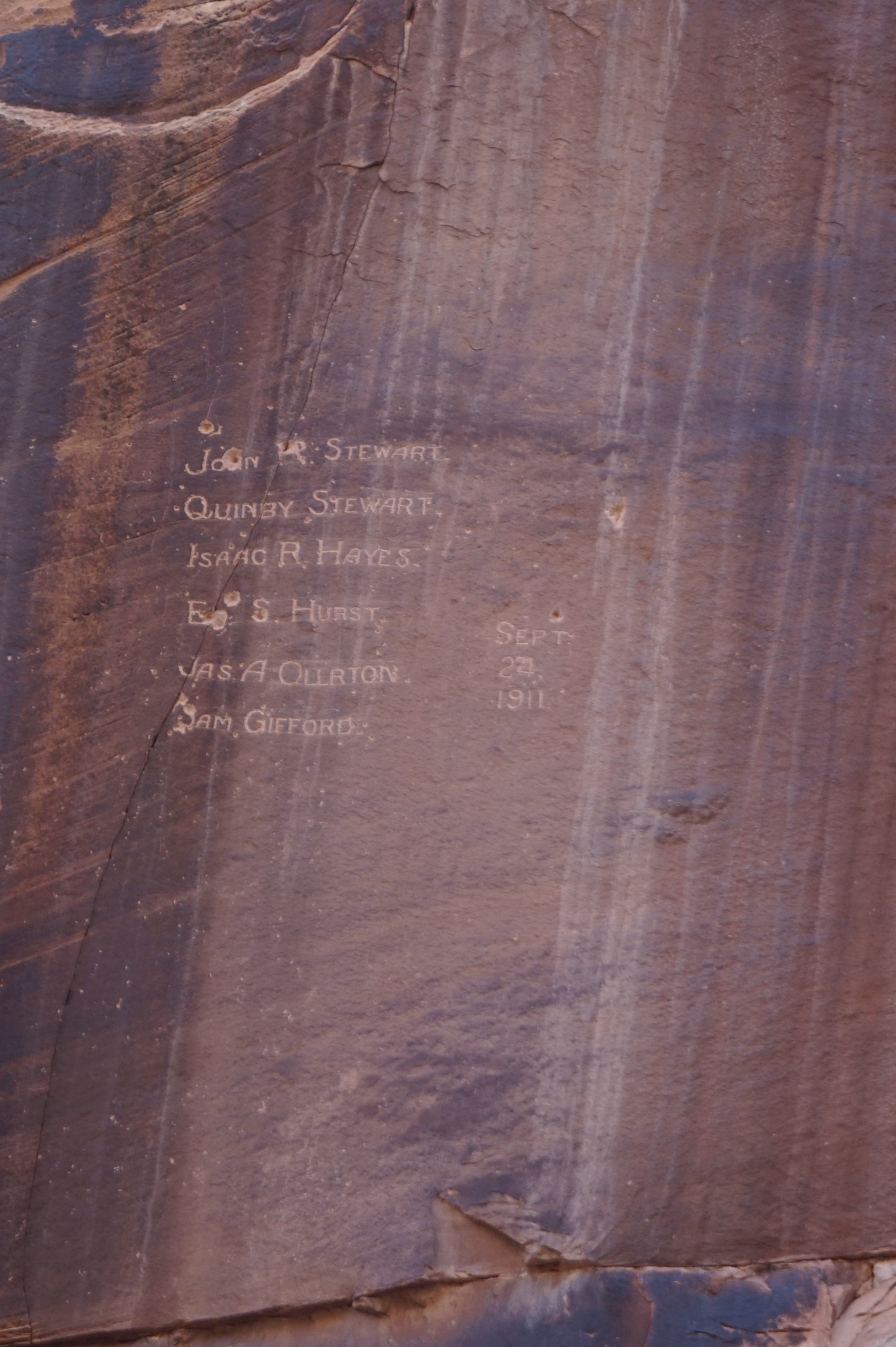
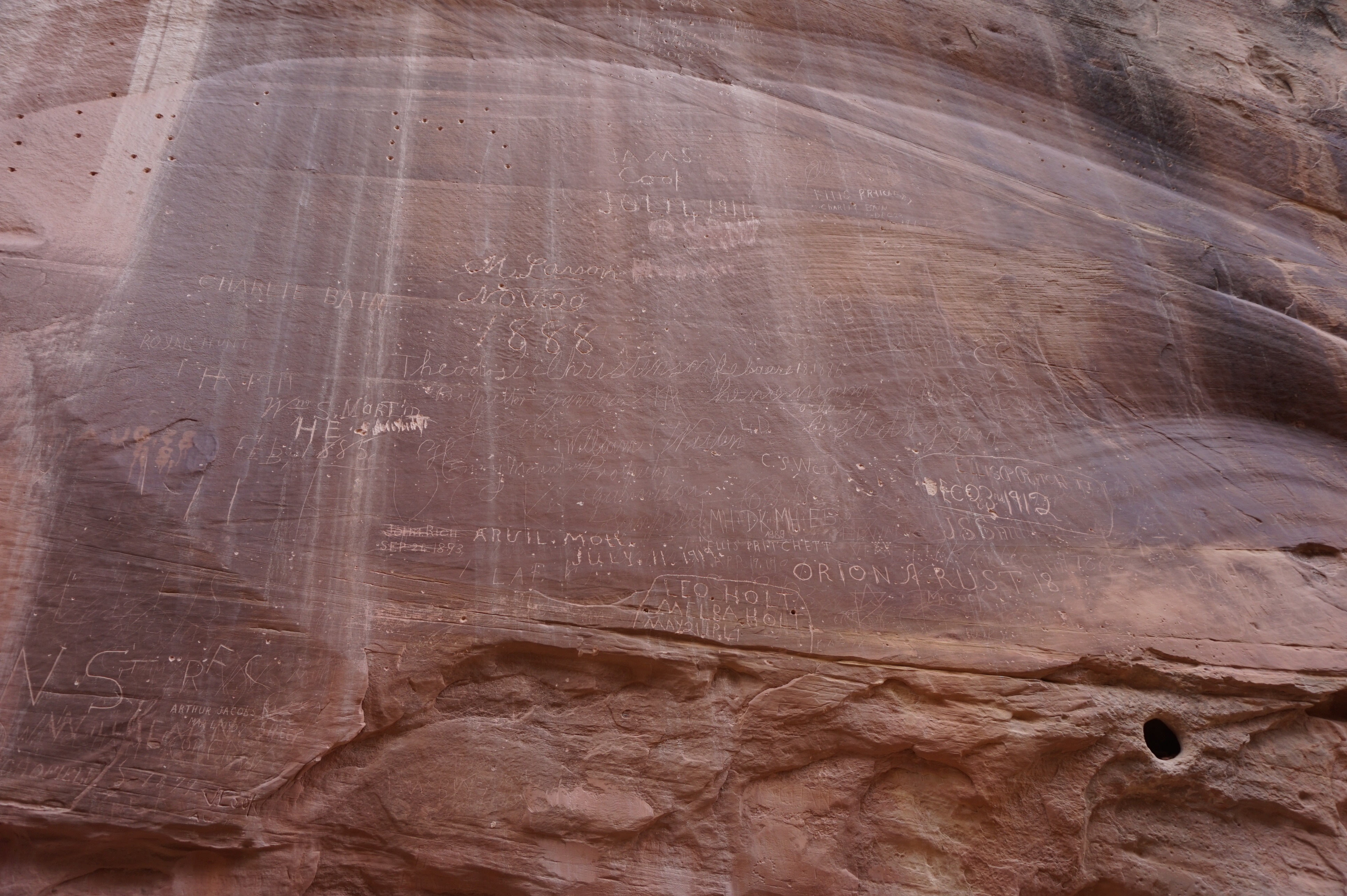
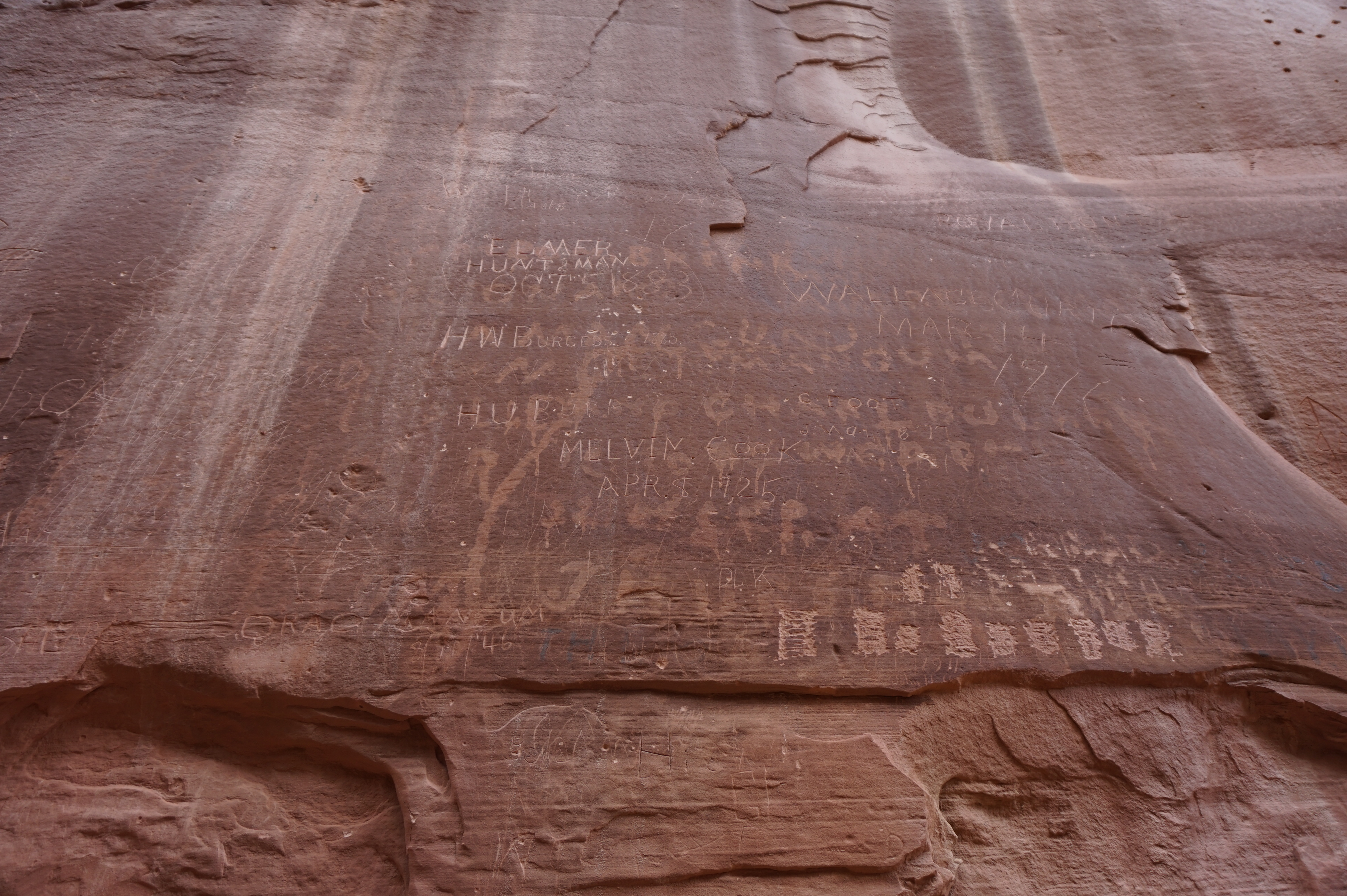

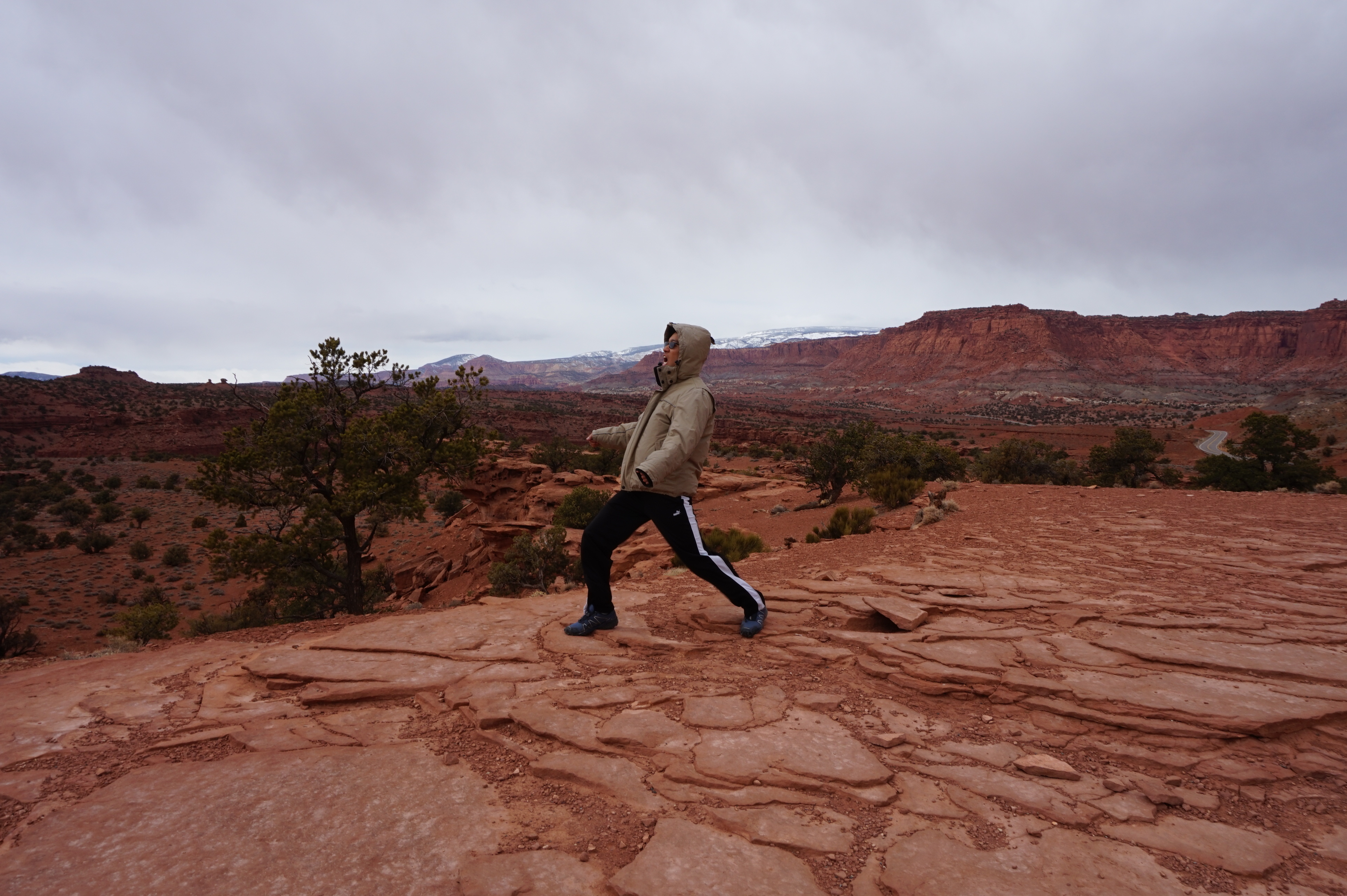
Fruita is full of historic orchards planted by Mormon pioneers. During the summer and fall months, visitors can still pick apples, plums, cherries, and other fruits for free to eat on site. Obviously, we visited during the winter season and so didn’t see any fruits. We’ll have to come back another time!
Our campground hosts warned us that Bryce Canyon National Park sits at a much higher elevation, and temperatures there were in the low 20s, with much of the park closed due to snow. We debated what to do, whether it was even worth driving up to see Bryce just to snap a photo and leave. Ultimately we decided to push all the way to Las Vegas and escape the cold.
Along the way, we stopped at our first “road-side attraction” on the road trip: Butch Cassidy’s childhood home in Circleville, Utah. There wasn’t much to see, but it was a nicely maintained little historic landmark.

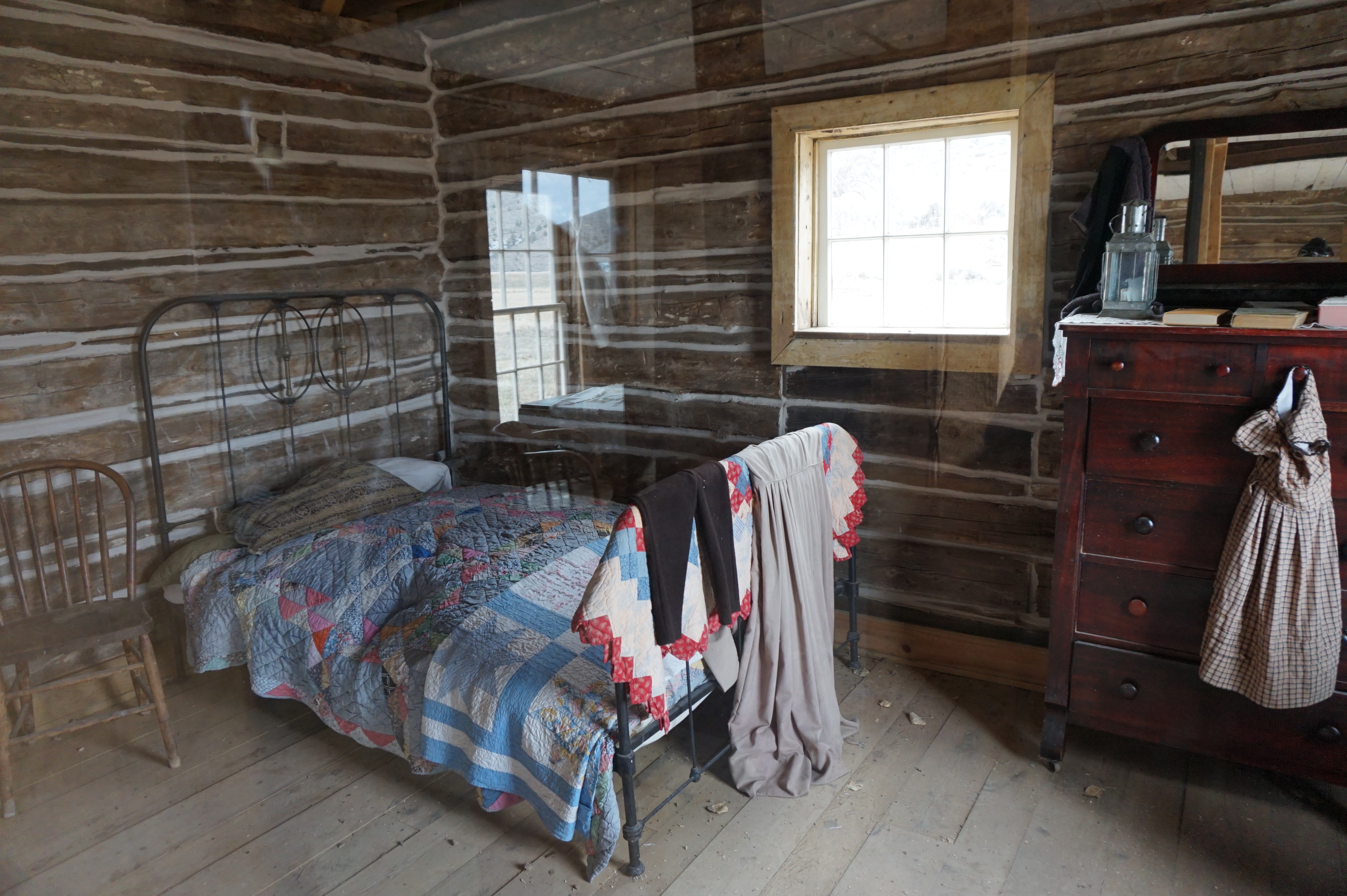
So our plans to see Southwest Utah were foiled by bad weather, but I think we’ll plan a summer trip to come back to this region sometime in the future to pick fruit and see Bryce Canyon!